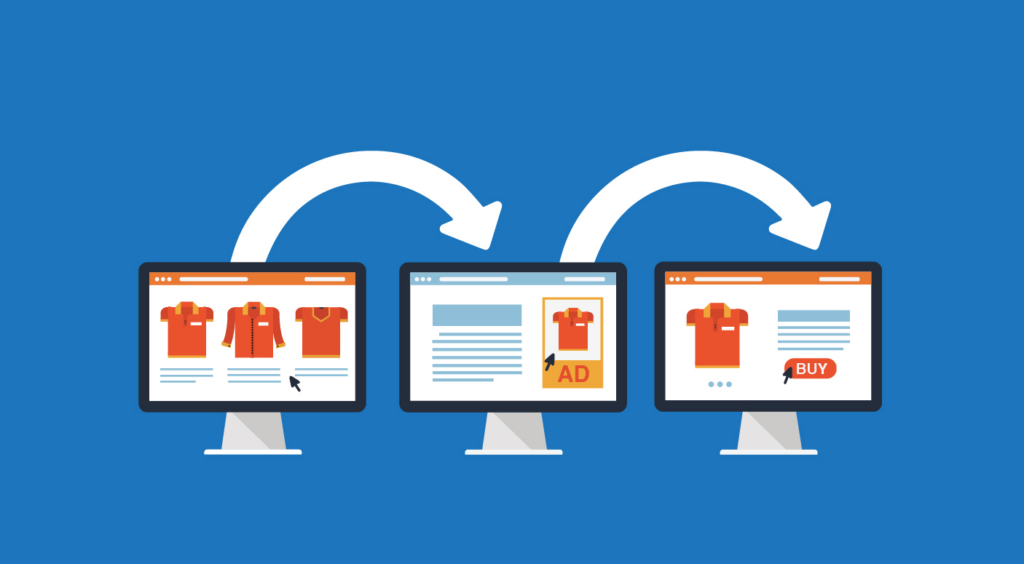
A remarketing plan, complementing your existing search or shopping advertising, is essential for any online business in 2022.
When a user is in the midst of the contemplation phase and must choose between your company and several others, a well-executed remarketing campaign might be the difference between success and failure. A well-positioned remarketing ad might offer you a leg up in these situations. There is no business in this present time that doesn’t need a digital marketing agency, search engine marketing, or SEO agencies support for an effective SEO strategy.
However, you may easily make certain typical mistakes and they are far from easy. In this post, I’ll discuss the most common ones and offer advice for avoiding them.
One, catering to too broad of a demographic when selecting target audiences and making advertisements
The use of broad, nonspecific targeting and advertising in a remarketing campaign is a common pitfall. The “all visitors” remarketing target might be tempting due to its enormous size and ease of setup.
Ensure the most relevant visitors are targeted and that cash is properly spent by creating audiences that match important events (both finished and not completed) and by focusing on engaged users on essential sections of the site.
Create distinct ad groups with relevant audiences and text for each campaign you run to increase the likelihood that the proper user will see the ad.

If a person browsed your trainer’s page but didn’t make a purchase, you could entice them to come back with an offer like “Come back and buy x trainers and receive x% off with code X,” which would have a far higher chance of converting them than a more general ad.
The failure to scale up to a larger audience
A common misconception about remarketing audiences is that the longer you wait to target a person after they’ve visited, the less likely they are to become a sale or lead. However, research shows that revenues and leads may be generated even a year after a customer’s first visit.
If the number of users in the past 30 days is not a large enough audience size to convert based on your current conversion rate, you may need to open your audience set out to a wider date range, such as the past 60 or 90 days, to ensure you have enough users to really maximize your efforts when creating your remarketing audiences.
Another aspect of scalability is keeping in mind that retargeting isn’t limited to visitors who did not complete a purchase.
To maximize return on investment from existing clients, it is a good idea to create campaigns with audiences that target people to whom you may cross- or up-sell more products and services.

Omitting to include necessary exclusions
Lacking content or placement exclusions is one of the most typical blunders we encounter in remarketing and display ads.
Using content exclusions, you may restrict where your display and email marketing advertisements appear so that they never appear alongside inappropriate material or content.
If you don’t specifically exclude certain sites, your remarketing ad may appear to a user on one of them, which might create negative publicity if shared widely.
Placement disqualifications are typically a reactive process. Advertisers can check the “placements” (the locations where their ads have been shown) to see if they are relevant and, if not, exclude them by adding them to a “placement exclusion” list.
By double-checking content exclusions during campaign creation and staying on top of placements by reviewing them regularly, you can ensure that the sites serving your ads are as relevant as possible, increasing the likelihood that you will generate successful results while making the most of your budget.
Mobile app remarketing advertisements generate plenty of clicks since people on the phone tap them by accident, but they have poor levels of engagement and conversion, therefore it’s important to remember to block these categories when setting up placement exclusions (both at the campaign and ad group levels).
You shouldn’t count mobile app placements unless you’re providing advertisements for things like app installs or other actions that can only be performed on a mobile device.
Not integrating information from other channels
Not only should your remarketing advertisements be user-focused, but they should also adhere to your brand’s rules, vocabulary, and tone of voice for uniformity and coherence across all of your platforms.
Your remarketing advertising should follow suit with the branding and consistent language of your business.
Sites that have search, display remarketing, and social advertising creatives that are consistent with one another typically see considerably greater results than those that do not.

Refusing to commit to a plan for the long term
Too many newcomers to the advertising industry view remarketing as a magic bullet for instantaneously increasing their number of leads. It may take several weeks or months of testing different audiences and creatives to find the optimal remarketing strategy that works for you, just like any other campaign.
Don’t make the counterintuitive move of pausing your remarketing campaign because of a lack of conversions after the first two weeks. You need to keep going and remarketing gives you a low-cost chance to learn which channels produce results and which ads are most effective at capitalizing on those channels.
Summary
It’s a numbers game when it comes to remarketing, so be bold in your approach to reaching as many people as possible. Always target the right people and establish and review appropriate exclusions.
Take your time in developing your strategy and your creatives to guarantee that they will effectively represent your brand, and then be patient and realistic in your expectations. To guarantee long-term success with your remarketing strategy, be sure to consider all of the above.
Our award winning PPC team at P1 SEO Agency can assist you with your remarketing efforts if you are having trouble with them due to a lack of expertise or time.
P1 SEO Company
We are P1 SEO agency with professional SEO services and a strategic understanding of everything you may possibly need to drive organic traffic for your website and a successful SEO campaign.
The extensive background of our SEO agency Australia gives us confidence that your website will thrive under our SEO company expert guidance. We can detail a variety of social media strategies that will increase your site’s traffic.
When you’ve decided on a plan for search engine optimisation services, our staff will go to work on it in accordance with the parameters of that plan. More than that, we think creatively about how to address any issues raised by our customers.
We also provide advice on the best SEO cost that suit your budget and local SEO advices on how to organise your website so that it ranks highly in search engine results, including things like link building, on-page SEO, technical SEO, and any other measures you may need to take.
No SEO companies or SEO specialists do it better than we do.

